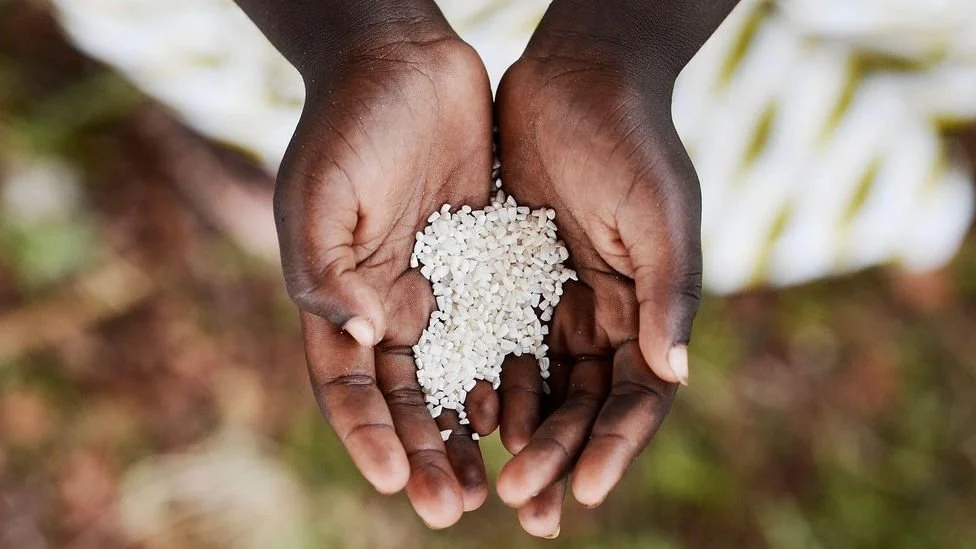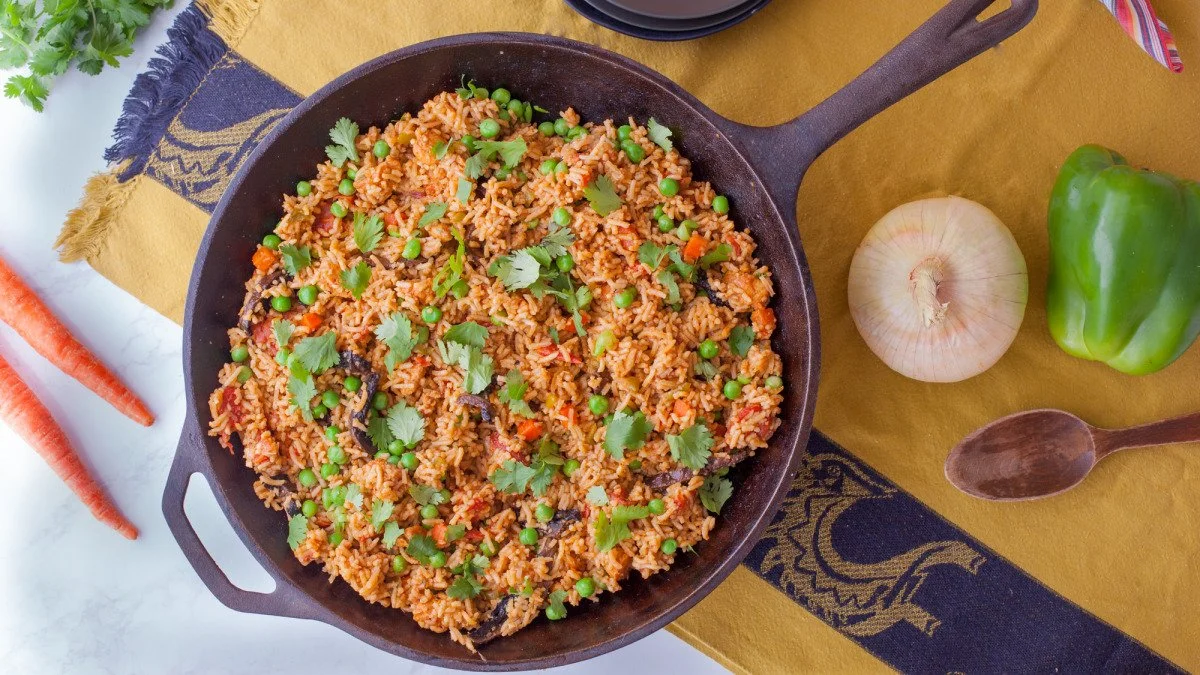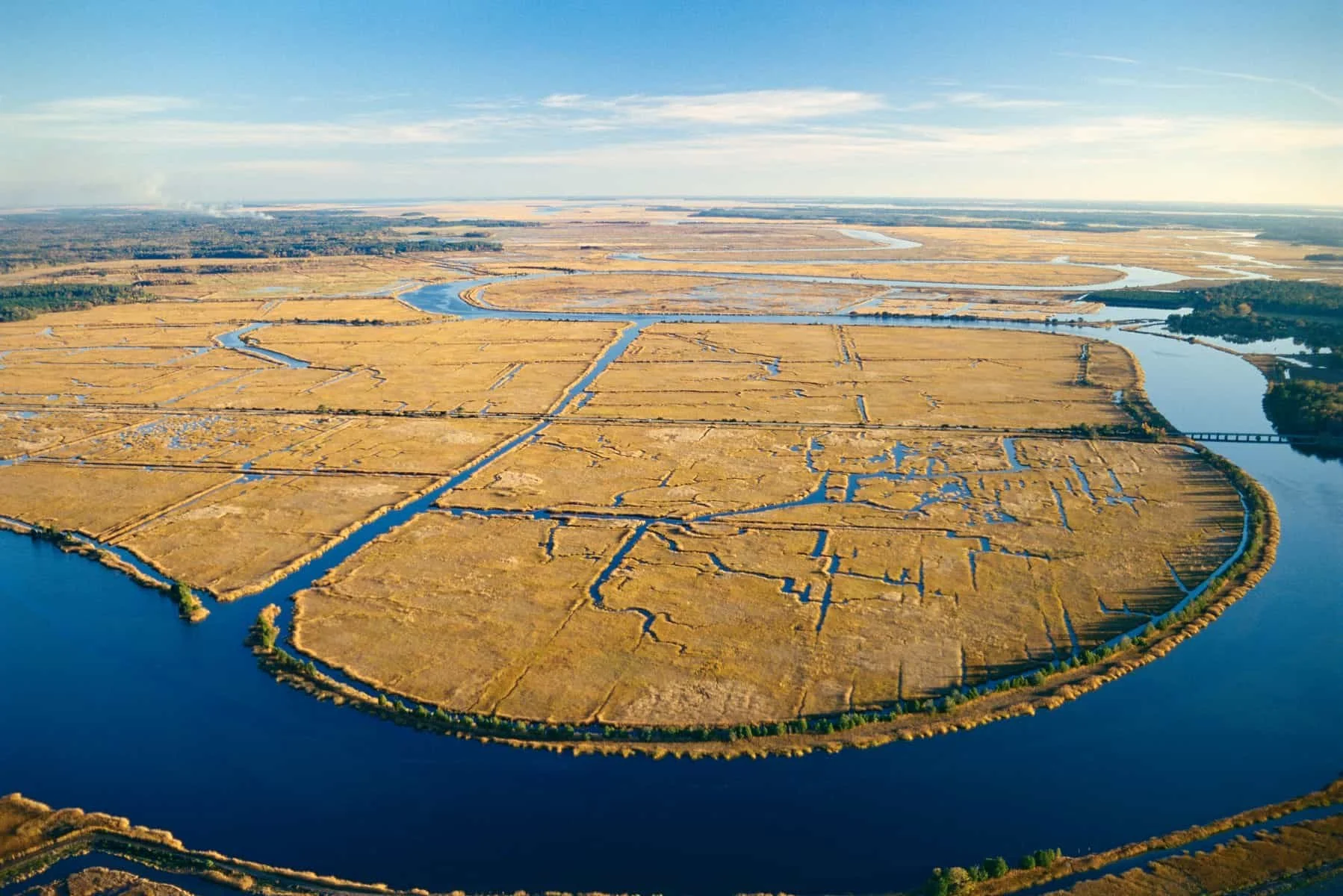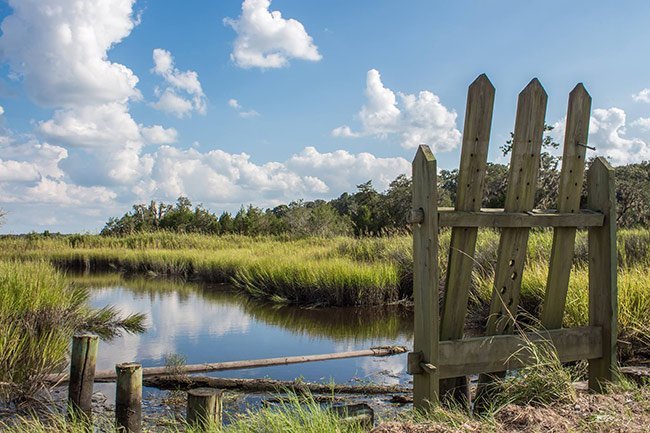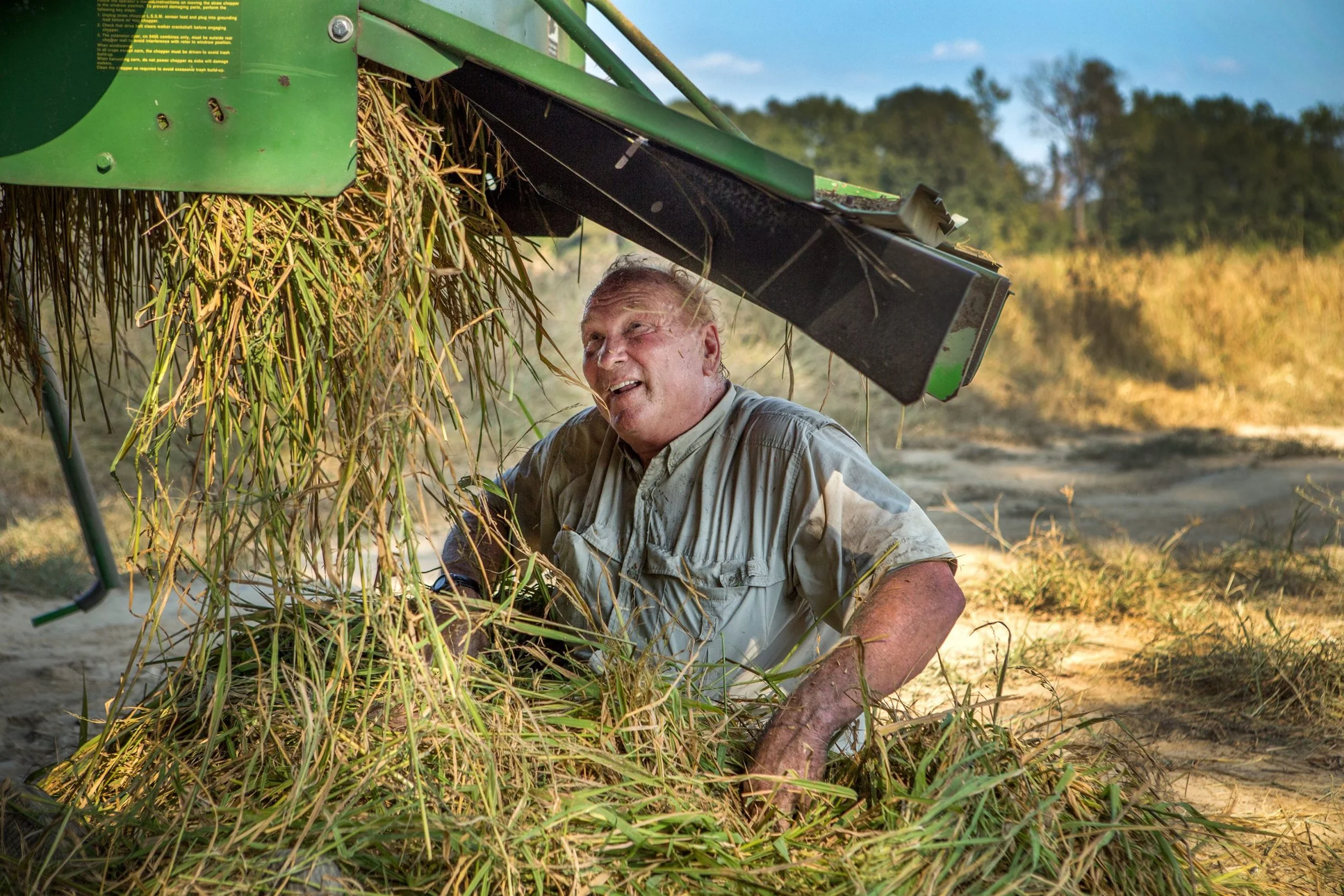The Rice
This is the page description.
-what is Carolina Gold?-
-When speaking of the success of Carolina Gold Rice it is of extreme importance to give credit to the traditional rice planting wisdom of the West African enslaved peoples throughout its history. It was their ingenuity, experience and cultural roots planting rice in their home land that made rice cultivation possible in the United States.-
During the Colonial Period, coastal South Carolina was the largest producer of rice in America. The crop arrived in the area around 1685. Although uncertain, it is said a brigantine ship captained by John Thurber and sailing from the island of Madagascar, encountered a raging storm and put into Charleston Harbor for repairs. With the ship docked for repairs, Captain Thurber met Henry Woodward. Thurber gave Woodward a bag of the African rice. Woodward had the rice planted and eventually it gave him a surprisingly good turn out. It is of extreme importance to give the credit of this success to the traditional rice planting wisdom of the West African enslaved peoples at that time. It was their ingenuity, experience and cultural roots planting rice in their home land that made rice cultivation possible in the United States. With their knowledge and skill applied (by force) rice was soon the area's main crop.
Arial footage of historic rice fields in South Carolina.
A rice trunk used for water control, South Carolina.
Rice remained a dominant commodity on the coastal rivers of South Carolina until the end of the Civil War and the liberation of thousands of oppressed people. It was not long after this and a series of blight and hurricanes that Rice farming disappeared from the state all together.
It wasn’t until 1988 that the rice was grown again in South Carolina by a Dr. Richard Schulze. The grain once thought lost forever had returned in a new and better light.
In 1997, Campbell Coxe planted 20 acres on his family farm near Darlington, South Carolina. "People who buy our product like its aromatic appeal and its taste, " Coxes rice rates very high on the aromatic scale. He says this is likely because of the silt deposited by the PeeDee river, the wet climate, and northern latitude where he grows Carolina Plantation Rice.
Campbell Coxe harvesting Carolina Gold Rice 2021.


